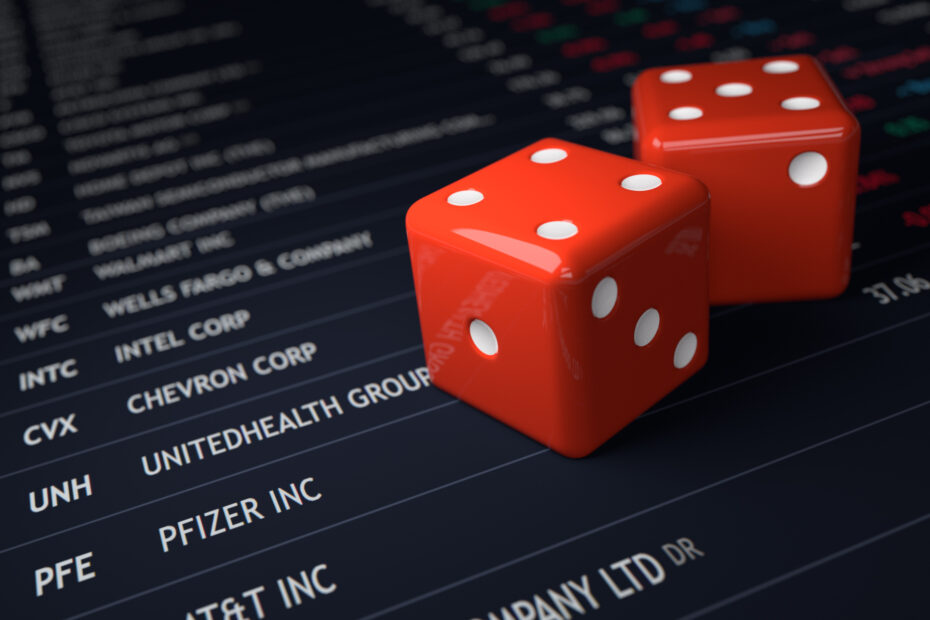In any kind of investment, with return on investment (ROI) on one side, there is an element of risk on the other. One day it could be a win, and another day, a loss. Investing money is a serious exercise especially if that money is hard-earned. With proper planning and strategy investors can enjoy their hard-earned monies.
Investors, whether they avail of financial advisers or not, go through a process to determine how much risk they are comfortable with, and how much they are prepared to put in to achieve a desired investment return.
There are factors that affect a risk profile, including goals, the investor’s personality, age and timeframe, and experience and knowledge of investing.
Effect of Goals on Investment
For an investor who’s building wealth for retirement versus someone saving for a short term goal such as for a home deposit or a holiday, will definitely affect risk profile.
Effect of Investor’s Personality
Personality plays a part in your risk profile too since some people are by nature more comfortable with investment risk than others. And then again, it has bearing with the investor’s knowledge, experience and networking contacts.
Age and Timeframe on Investment
In terms of age, someone who is 35 years old — versus someone in his/her 60s — will have different risk profile. The 35-year-old may be prepared to take on an aggressive or higher element of risk as they have potentially an investment time frame of more than 20 years before they retire.
On the other hand, the 60-year-old individual may only have a few years until retirement so their risk profile is likely to be more defensive as they protect the wealth they have worked hard for.
Knowledge and Experience on Investment Strategy
In investing and acquiring an investment portfolio, risk profile affects not only the level of diversification within an investor’s investment portfolio but also the assets invested in. The investor’s risk profile is used to determine how assets in the portfolio are allocated. To an extent, the strategy and decision of an investor come to play in terms of experience and knowledge. There are two kinds of assets related to investment: defensive assets and growth assets.
- Defensive assets – Focus on generating income, for example, cash and fixed interest.
- Growth assets – Focus on generating capital growth as well as income, for example, property and international shares.
To come up with a balanced risk versus return in investment, a periodic review of investment plans is necessary. The investor’s financial adviser should be able to advise on the investment’s health through regular review of the plan and an assessment aligned with the investor’s goal, alongside the personal or business circumstances and with the market situation. This allows an investor to reconfirm tolerance for risk and to ensure that his or her portfolio is aligned with the risk profile.
